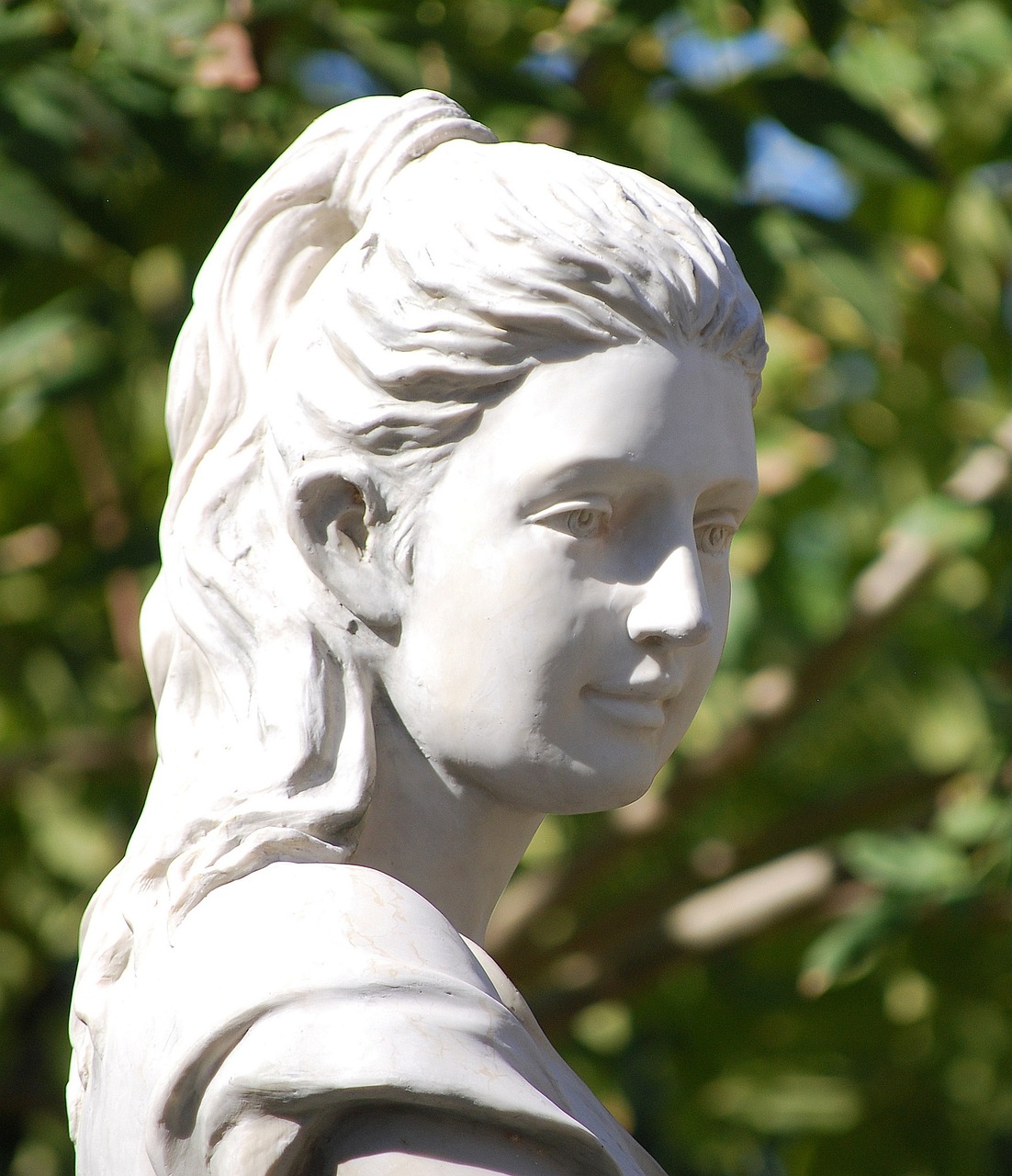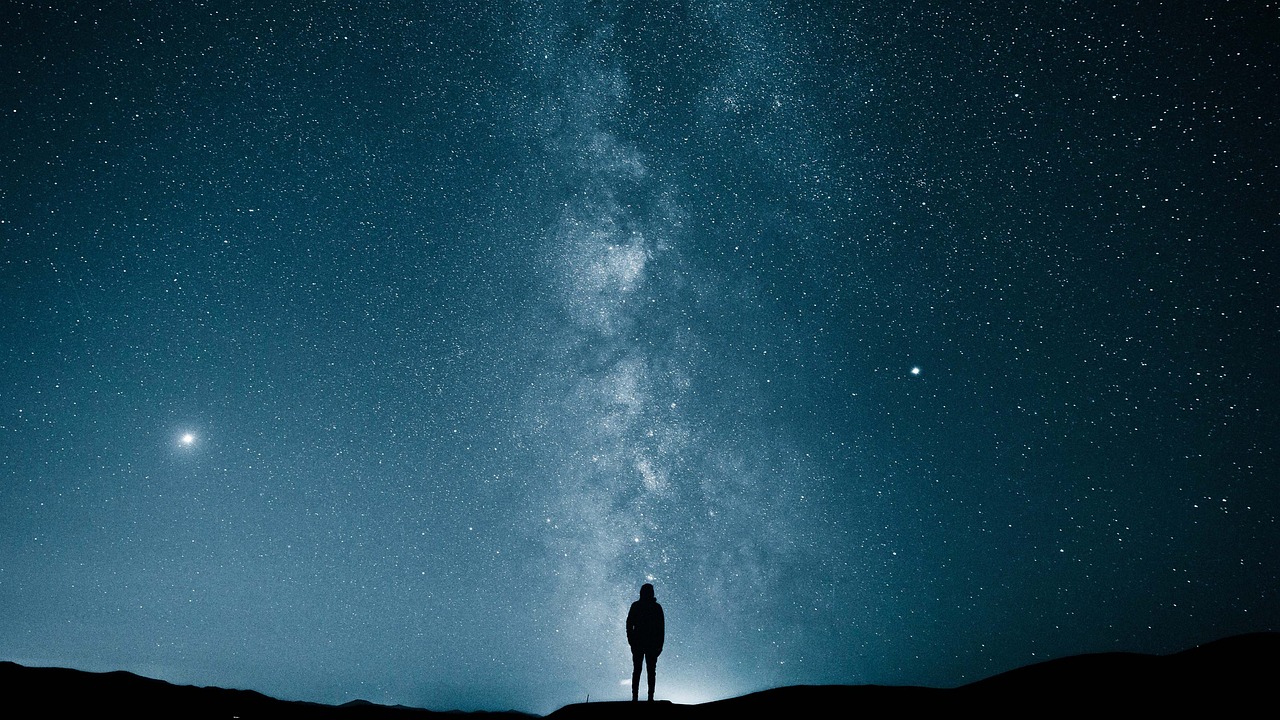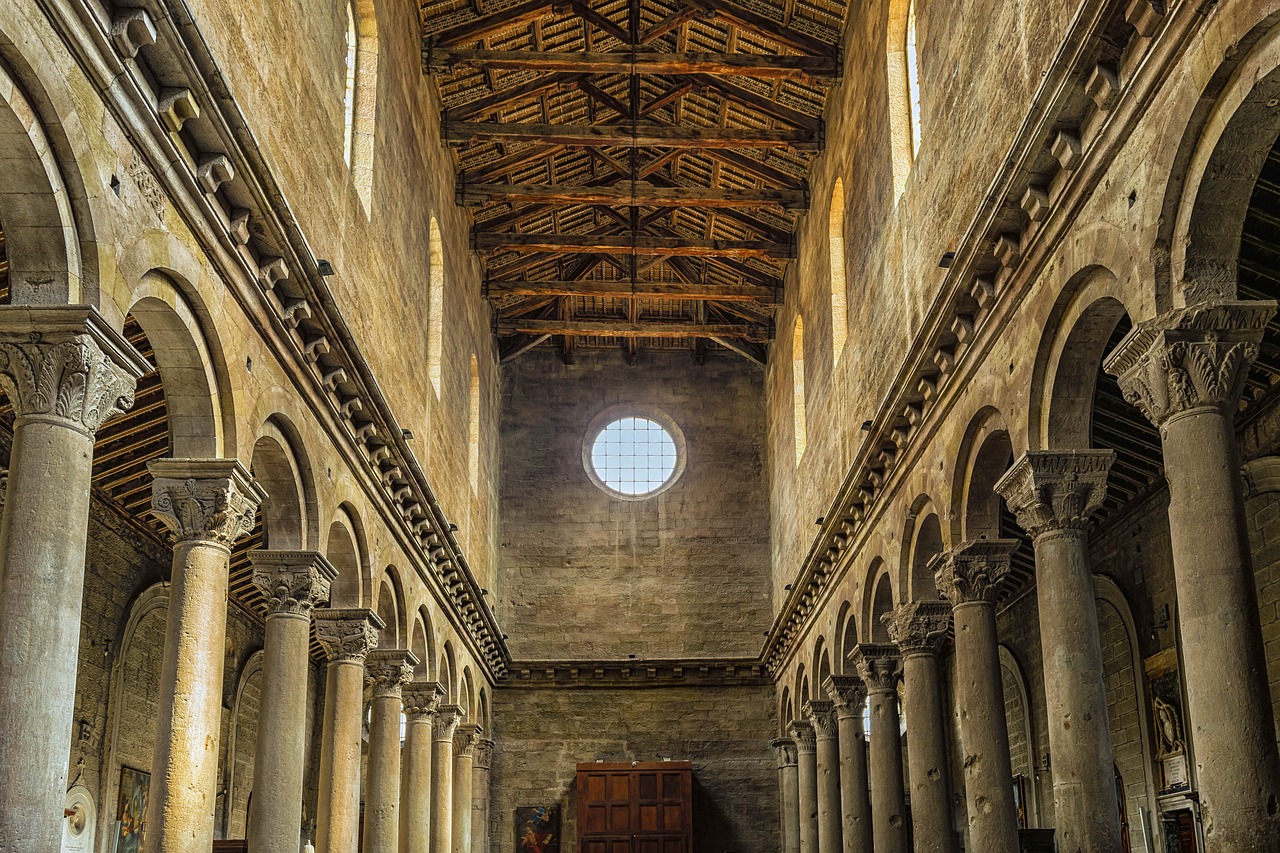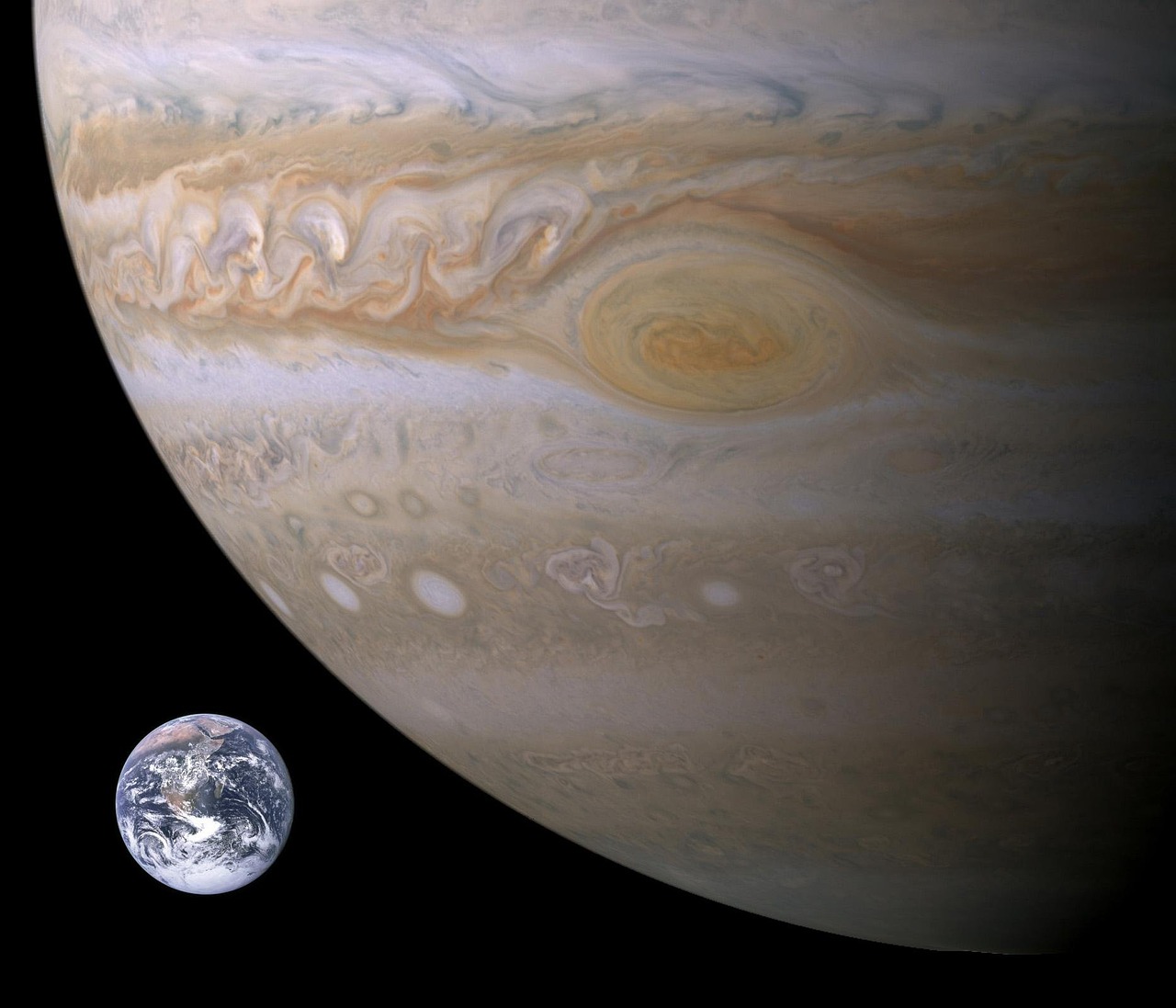Tag: Roman religion
-
Venus, the ancient Italian deity, embodies the essence of cultivated landscapes and gardens. Over time, she became synonymous with the Greek goddess of love, Aphrodite. Consider the renowned Venus de Milo, a marble rendition of Aphrodite from Melos, crafted around 150 BCE, currently located in the Louvre in Paris. Initially, Venus garnered no significant veneration…
-
Roman Religion: Insights into Beliefs and Practices Roman religion, known from antiquity until the rise of Christianity in the 4th century CE, encapsulates the beliefs and rituals of the inhabitants of the Italian peninsula during Classical antiquity. According to Cicero, a prominent orator and statesman, the Romans possessed a unique wisdom that enabled them to…
-
Among the pantheon of Roman deities, Jupiter, the offspring of Saturn, reigned as the paramount god, embodying thunder, lightning, and storms. The founders of Rome revered the spirits of their ancestors, subsequently establishing a triad of gods, which included Mars, the deity of warfare; Quirinus, the deified Romulus, protector of Rome’s populace; and ultimately, Jupiter,…
-
Vesta, a prominent deity in Roman religion, is synonymous with the Greek goddess Hestia, known as the goddess of the hearth. In early Rome, the scarcity of fire made the eternal flame vital for both domestic and communal life, elevating Vesta to a position of great importance in worship traditions, whether at home alongside the…
-
Overview of Roman Religion: Beliefs and Practices Roman religion, also referred to as Roman mythology, encapsulates the beliefs and rituals of the people on the Italian peninsula from ancient times until the rise of Christianity in the 4th century CE. This expansive period is recognized as Classical antiquity. Nature and Significance According to Cicero, one…
-
The cultural heritage of the Roman Republic was significantly shaped by its Greek neighbors, particularly through their long-standing presence on the island of Sicily. From the 2nd to the 3rd centuries BCE, the influx of Greek culture, including art, literature, philosophy, and notably religion, transformed Roman society. Prior to this Hellenic influence, Romans had already…
-
The influence of Greek culture on the Roman Republic was profound, especially as the Greeks maintained a significant presence on the island of Sicily for centuries. The conflicts in the 2nd and 3rd centuries BCE led to an influx of Hellenic culture in the form of art, philosophy, literature, and, crucially, religion. Prior to the…
-
Among the multitude of deities revered in Roman mythology, Jupiter stands as the paramount god, revered as the offspring of Saturn and symbolizing thunder, lightning, and storms. The earliest inhabitants of what would transform into Rome believed they were safeguarded by ancestral spirits, prompting the addition of a triad of gods: Mars, the war deity;…
-
The Divine Legacy of Luna in Roman Mythology An Overview of Luna In Roman mythology, divine lineage played a critical role, particularly for deities like Luna. Drawing from Hesiod’s “Theogony,” Luna is recognized as the offspring of Hyperion and Theia. Hyperion, the Titan god representing celestial light, was one of Gaia (Earth) and Uranus’s (Sky)…
-
The Significance of Lares and Related Cults in Roman Religion The Lares In ancient Roman tradition, Lares were good spirits associated with the deceased, believed to continue to bless their descendants even after death. The origin of the Lares worship can be traced back to the practice of housing the dead within homes, a custom…










